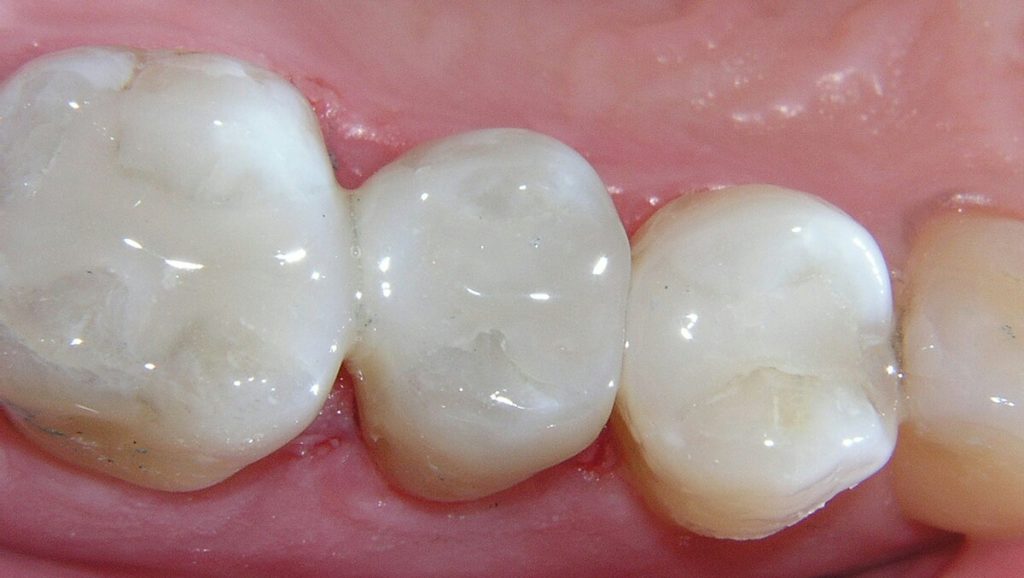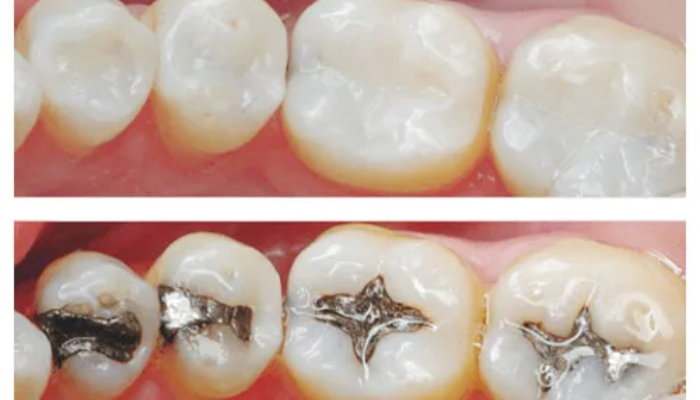White Fillings

White fillings, also known as composite fillings or aesthetic fillings, are a type of dental fillings used to fill cavities (caries lesions) in teeth. These fillings are called “white” because the color of the material is matched to the natural color of the tooth, providing a more aesthetically acceptable solution compared to traditional amalgam fillings that are gray or silver in color.

- Material: White or transparent composite material, consisting of glass or ceramic particles in a plastic binder.
- Aesthetics: Adapts to the color of the natural tooth, allowing a more natural appearance of the smile. This characteristic visual effect makes them a popular choice for front teeth.
- Applicability: Used for filling small to medium-sized cavities. In some cases, composite fillings can also be used for larger cavities, depending on the location and shape of the defect.
- Bond with Tooth: The white filling is applied directly to the tooth and firmly bonds to the tooth structure. This can further strengthen the tooth.
- Placement Procedure: The procedure involves removing the damaged part of the tooth, preparing the cavity, applying adhesive, placing the composite material, and polymerizing using a light device. The placement of white fillings usually takes longer compared to the placement of amalgam fillings.
- Maintenance: White fillings may require regular maintenance and eventual replacement over time, but modern materials are improving to extend the durability of the filling.